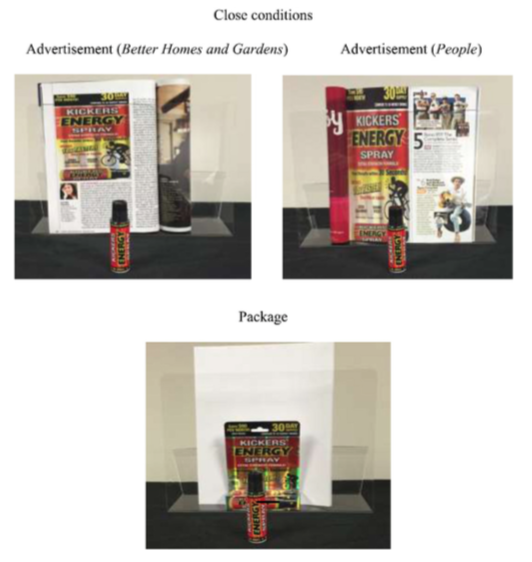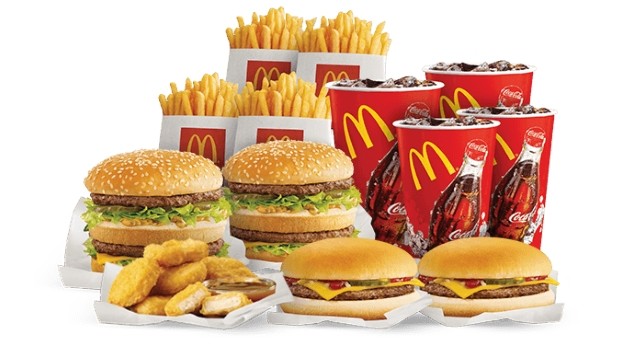A study by researchers at Florida State University and the University of Miami claim to have found a way to potentially make marketing claims seem more reliable. According to their paper published in the Journal of Consumer Psychology, customers are more likely to perceive marketing claims as truthful when they’re made on the product’s packaging (as compared to in advertisements). Believability, they claim, increases with proximity to the product itself–since the packaging is by default closer to the product than an advertisement about it, it can ultimately be more effective in pushing sales.
The Florida researchers noted some key differences between packaging and advertisements that could potentially explain why a consumer would view a statement on a package as being more reliable. Most notably, in the United States food industry, health claims made on packaging are regulated with more vigor as compared to claims made in ads. Previous research speculates that “if consumers perceive this difference, then they may perceive food health claims made on packages as more credible than those featured in ads.” Partly because of this, the Florida study goes on to suggest that “consumers may believe that packages are meant to communicate objective information, such as usage instructions, whereas ads are meant to persuade consumers to select a specific brand.”

To test their theory, the researchers completed a series of three related studies. In Study 1, the researchers exclusively evaluated claim-to-product proximity, positing that the closer a marketing claim was to the physical product, the more likely the consumer would be to buy it. Presenting a claim made on an ad right next to the packaging itself should make the ad’s credibility identical to that of the packaging claim. At the beginning of the study, participants were given $1, and told it was in appreciation of their time. After completing an hour-long series of unrelated tasks, their were unknowingly subjected to the real study: each subject was told on their way out by a research assistant that a product (“Kickers Energy Spray”) from a previous experiment was on sale for $1. They were then asked if they’d like to purchase the spray while being shown one of six different product displays:


In order from top to bottom (and left to right):
- An advertisement promoting the product
- A different advertisement, also promoting the product
- The product’s packaging
- One of the advertisements accompanied by the product (without the package)
- The other advertisement accompanied by the product (without the package)
- The packaging accompanied by the product (without the package)
In line with the researchers’ predictions, participants who saw only the package were significantly more likely to purchase the product than those who saw only the ad (51% vs 10%). If the display included the actual product (regardless of whether it was accompanied by the ad or the package), the likelihood of purchase was equal, since the product itself was right next to the claim. The difference between the effectiveness of an advertisement with and without the product nearby was substantial–subjects were much more likely to purchase the product in the ad setting if the product was actually present. Overall, consumers were more inclined to buy the product when they saw the package, rather than the ad, and most inclined when the product itself was present.
What we can take out of this study is that, while companies can’t just go around putting any message they’d like on a product (the FDA would likely take issue with that), it may be time to reconsider striking some of the “wordy bits” off of packaging for the sake of a cleaner design. While good design is crucial for sales in pretty much any given scenario, striking a balance between artwork and on-package marketing may help to drive sales. It’s important to note that a campaign’s success is about more than just information–assume the consumer is able to glean at least the necessary information about a product from just a glance. After filling them in on anything else that may not be immediately obvious, the customer is left with a choice: to buy, or not to buy. This is where marketing comes in, because the goal from here on out is to ensure purchase. While advertising skepticism has been gradually increasing over time, an honest, unbiased, and informative call to action can push an unsure consumer to purchase. According to various studies, consumers tend to view unambiguous information, third party statements, and product comparisons favorably. Conversely, claims that seem in any way biased or misleading will drive sales in the opposite direction, so it’s important to be careful with wording.
The researchers went on to do two other studies further exploring claim-to-product proximity. Read the full paper, Where you say it matters: Why packages are a more believable source of product claims than advertisements, in the Journal of Consumer Psychology.
– – – – –
Follow us!
• Facebook: https://www.facebook.com/GTSPackagingSolutions/
• Instagram: https://www.instagram.com/gtspackaging/
• Twitter: https://twitter.com/GTS_Packaging
• WordPress: https://gtspblog.wordpress.com/
• LinkedIn: https://www.linkedin.com/company/gts-packaging-solutions






